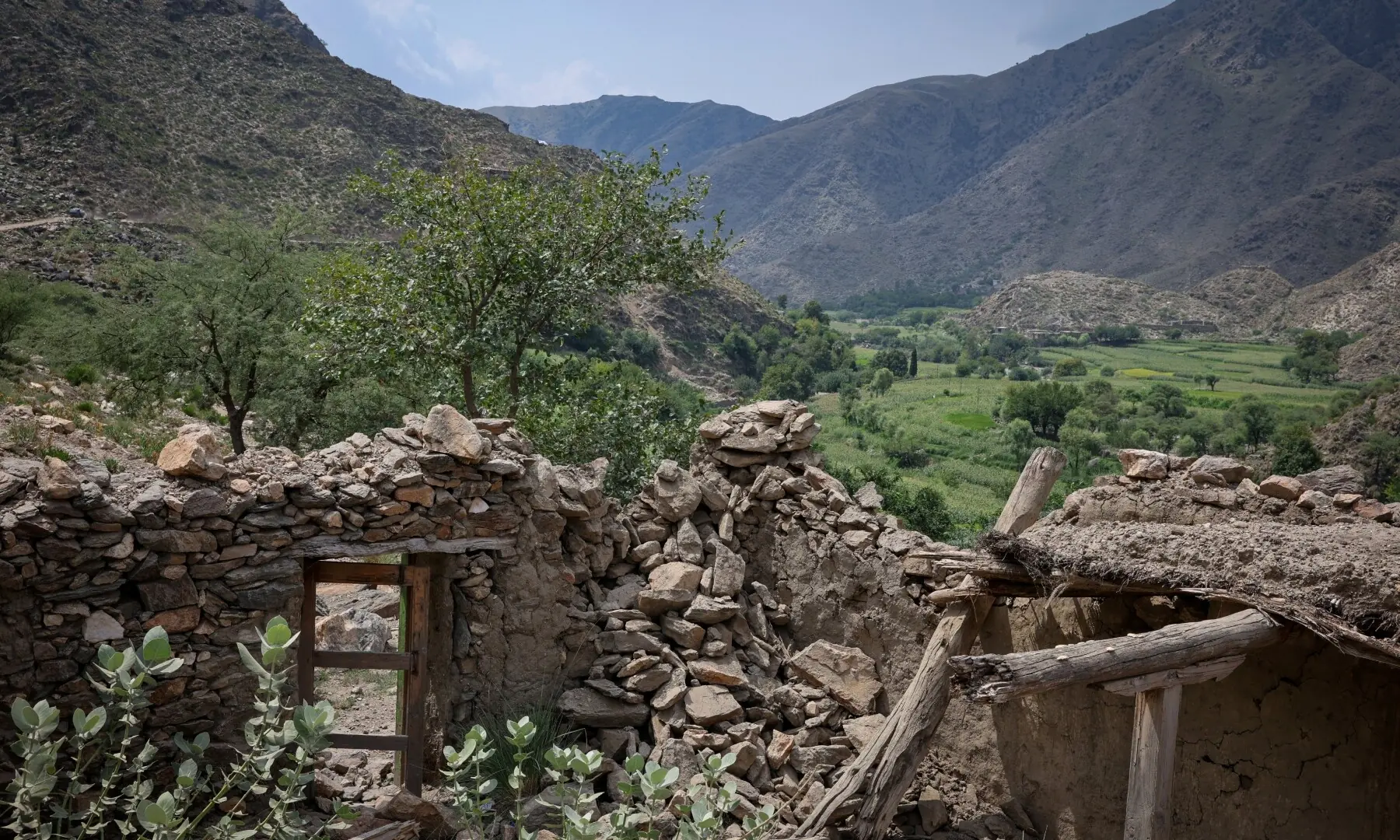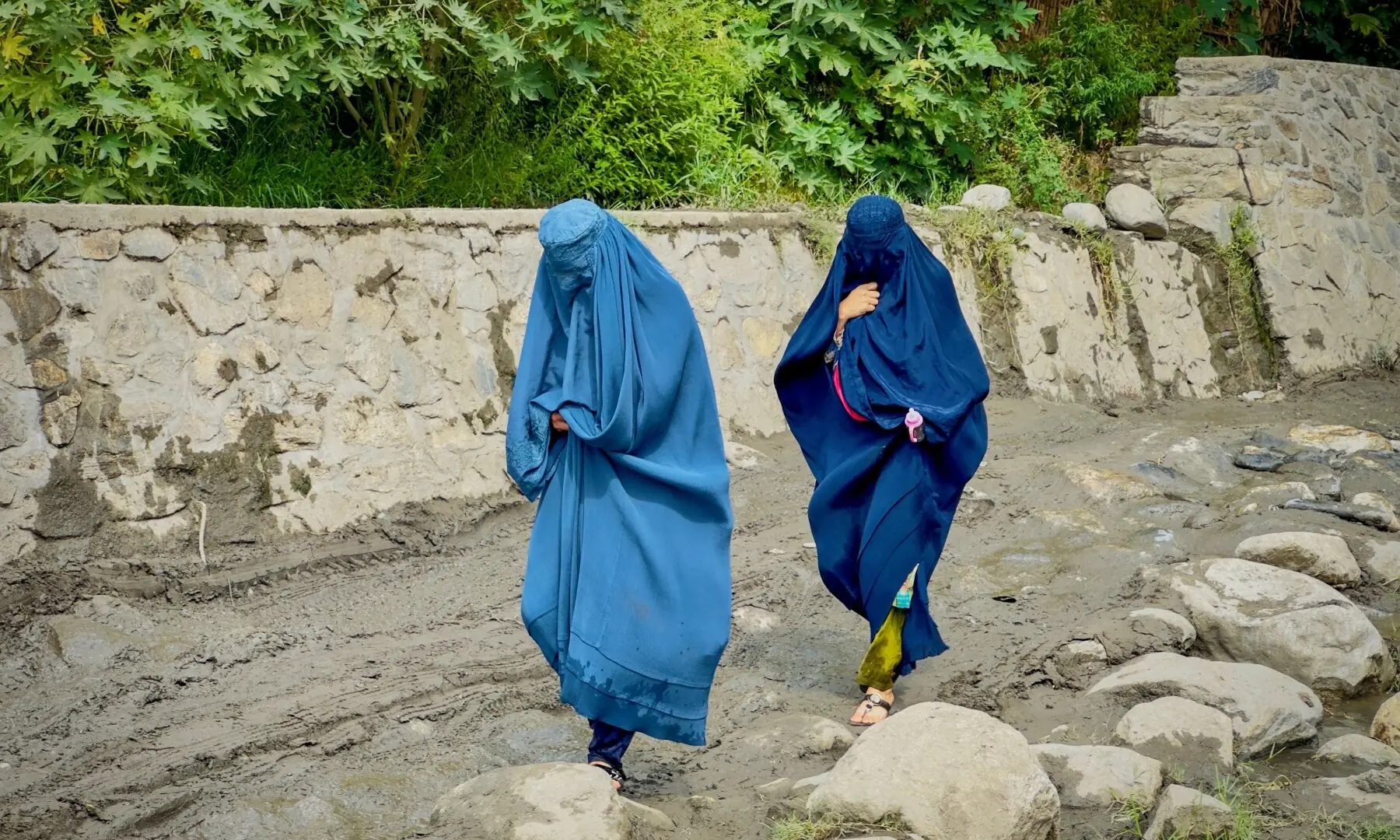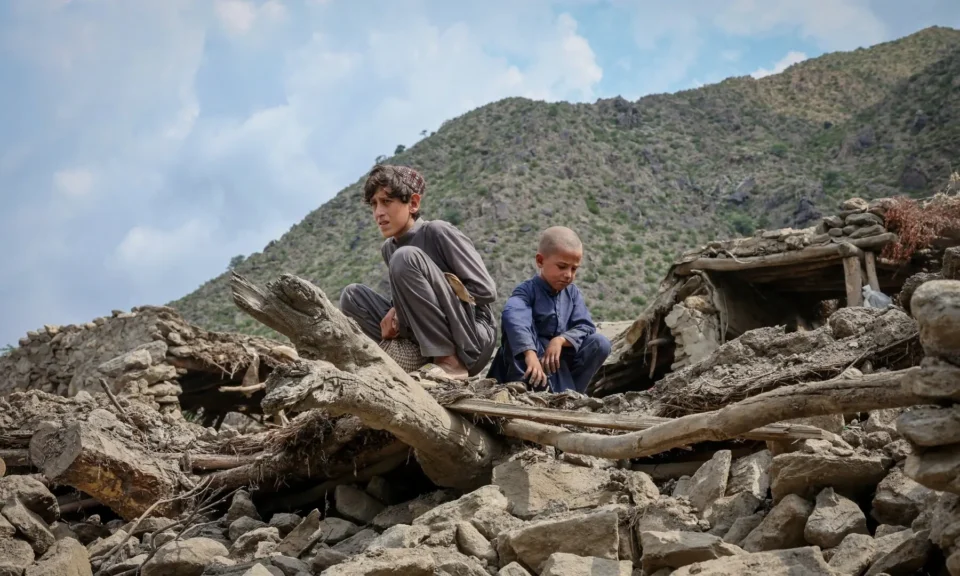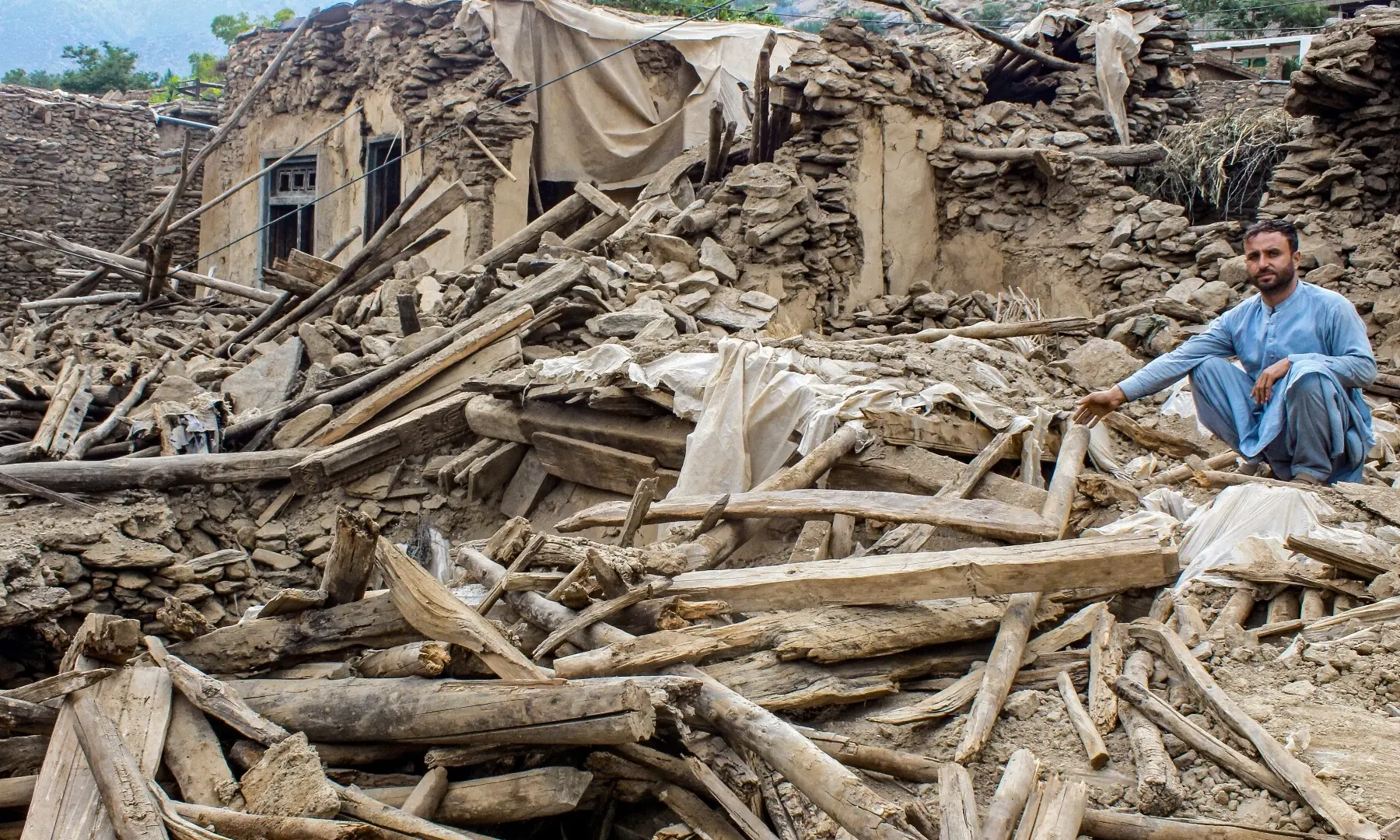Afghan Earthquake Survivors Struggle Without Shelter
September 3, 2025 — Families in eastern Afghanistan remain homeless and fearful days after a powerful earthquake struck the region, forcing many to sleep in the open despite harsh conditions.
The 6.0-magnitude quake, which hit on Sunday, devastated parts of Kunar and Nangarhar provinces along the Pakistan border. More than 1,400 people lost their lives and thousands were injured, while aftershocks continue to shake the area.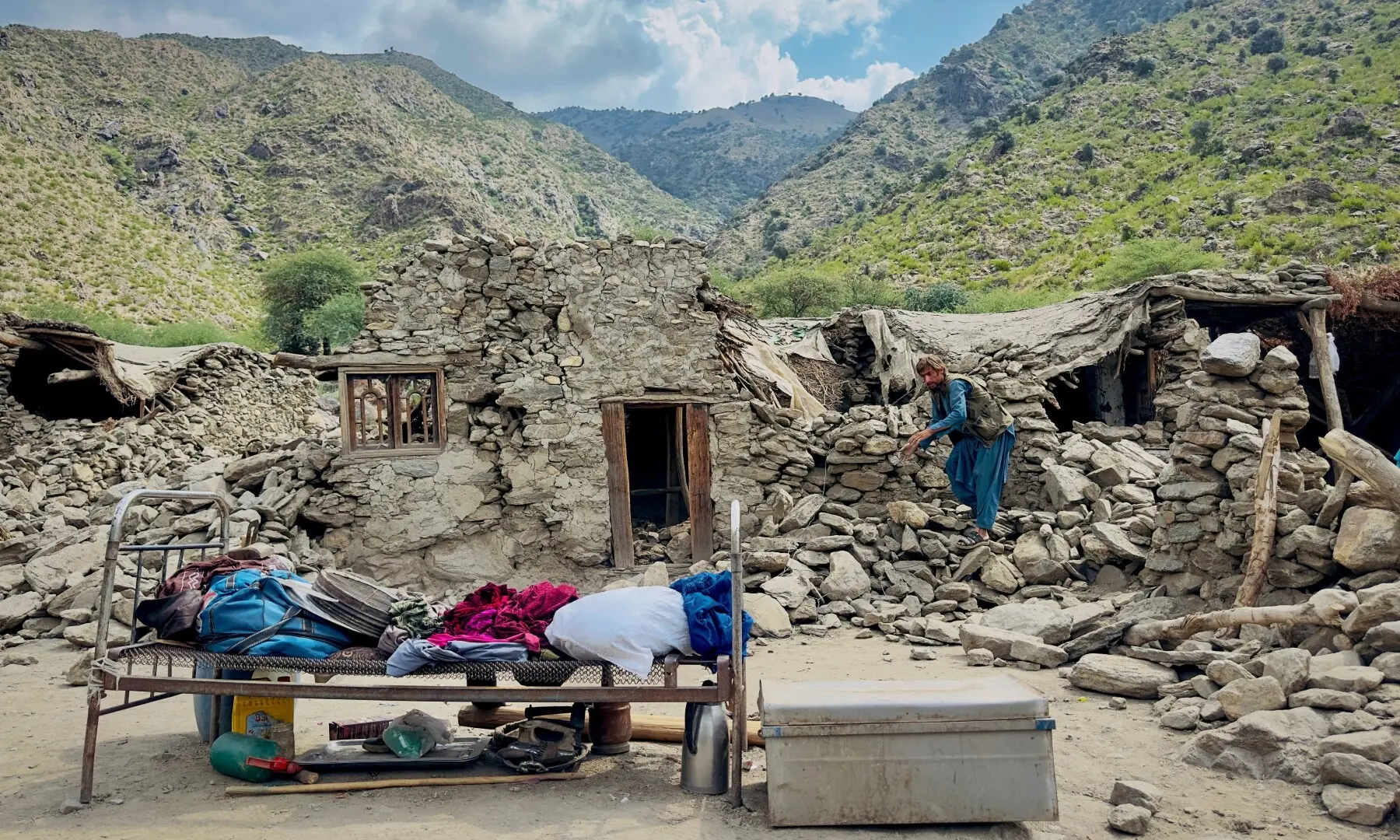
Living in the Open
Entire farming villages were flattened, and survivors say they are too afraid to return to the few standing buildings. “There was a tremor yesterday and one this morning. Now we have no place to live and we are asking everyone for help,” said Emran Mohammad Aref, who now sleeps outside with his family in Nangarhar’s Dar-i-Nur district.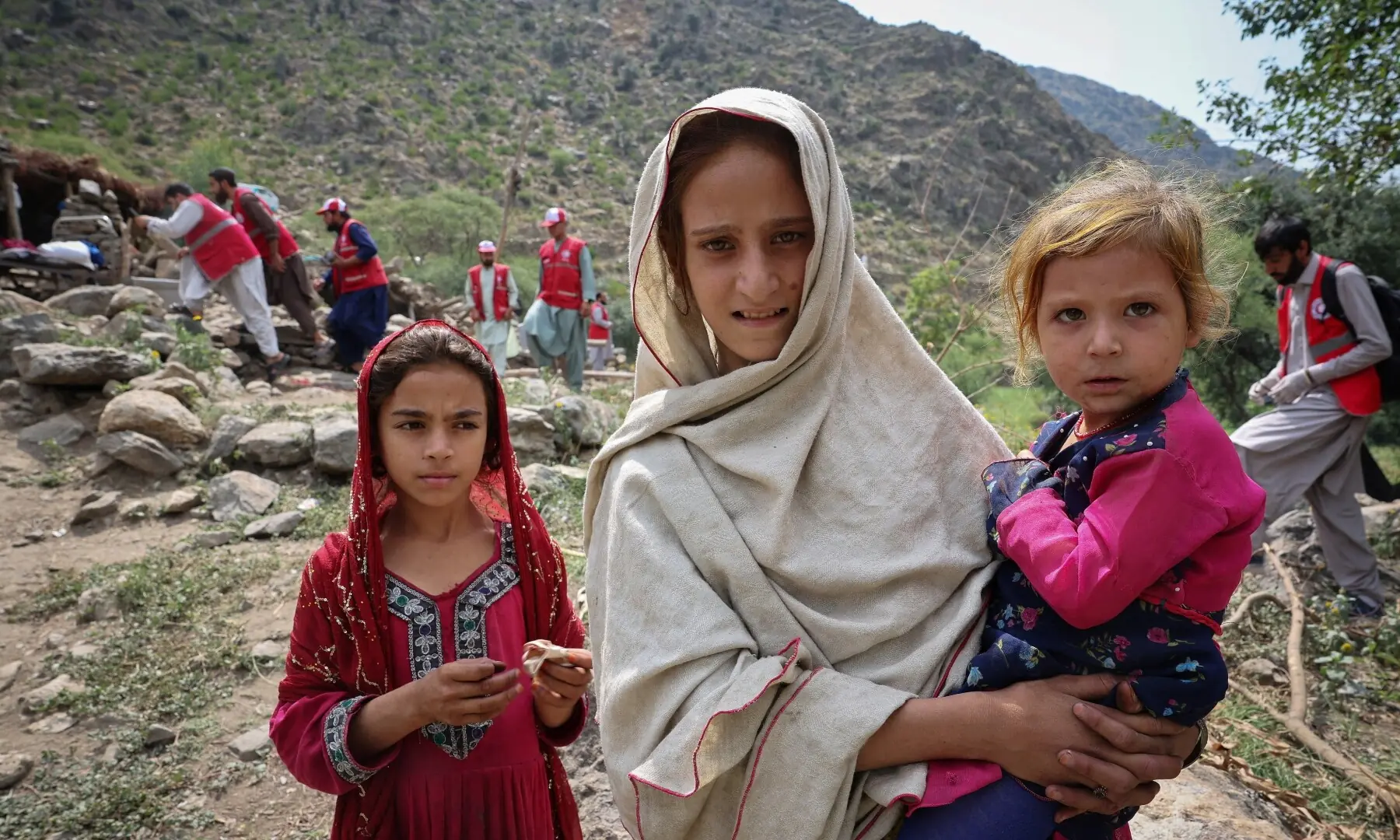
In Jalalabad, even residents whose homes were not destroyed are staying outdoors. “Every time I take a step, I feel like the ground is shaking. We sleep in the garden, constantly thinking there will be another quake,” said Fereshta, a local doctor.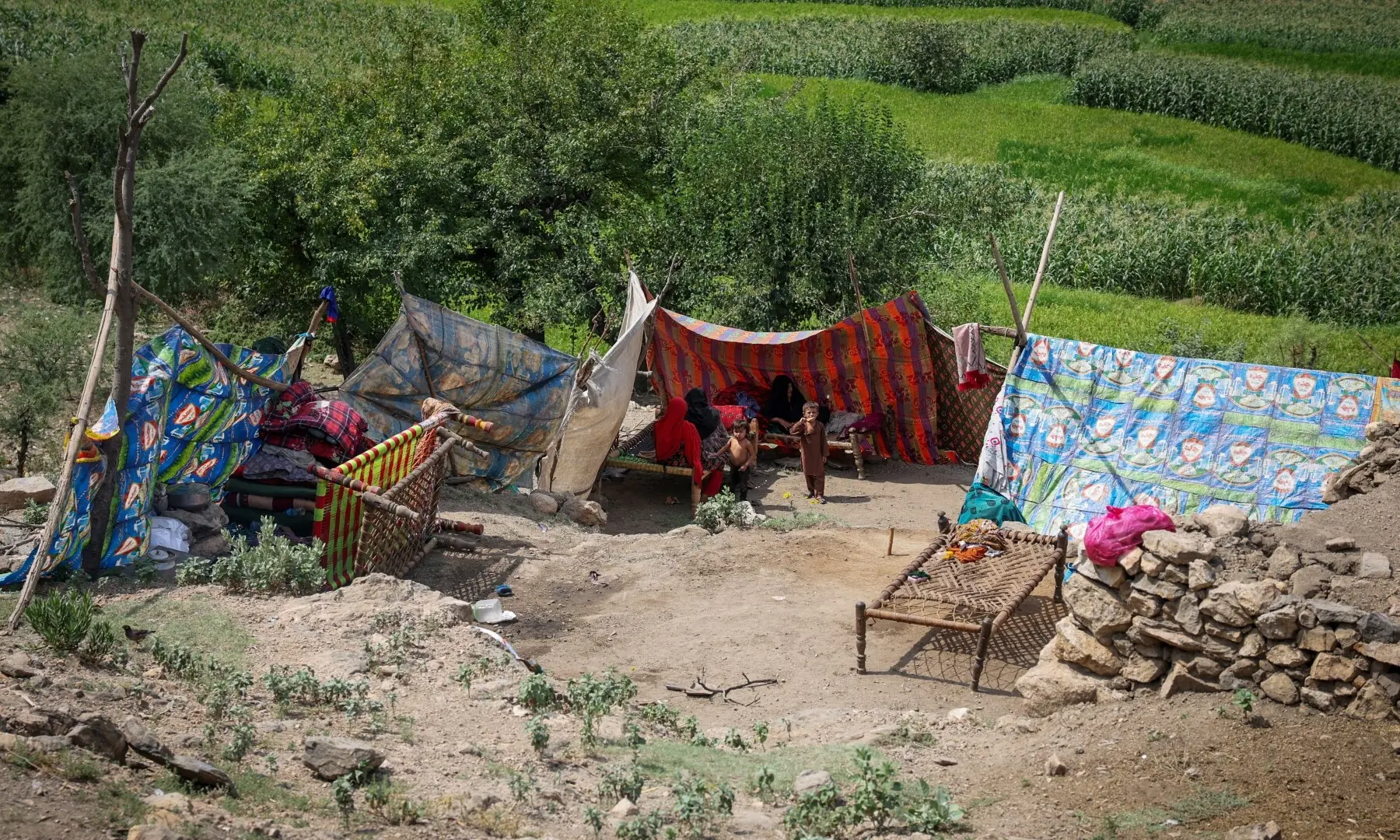
Aid Struggles
Access to remote villages has been hampered by landslides triggered by the quake and aftershocks. Relief agencies say survivors in the hardest-hit districts are still cut off. The United Nations confirmed it has 14,000 tents ready for delivery, while the International Federation of Red Cross and Red Crescent Societies (IFRC) has 700 tents on standby, but many cannot yet be delivered due to blocked roads.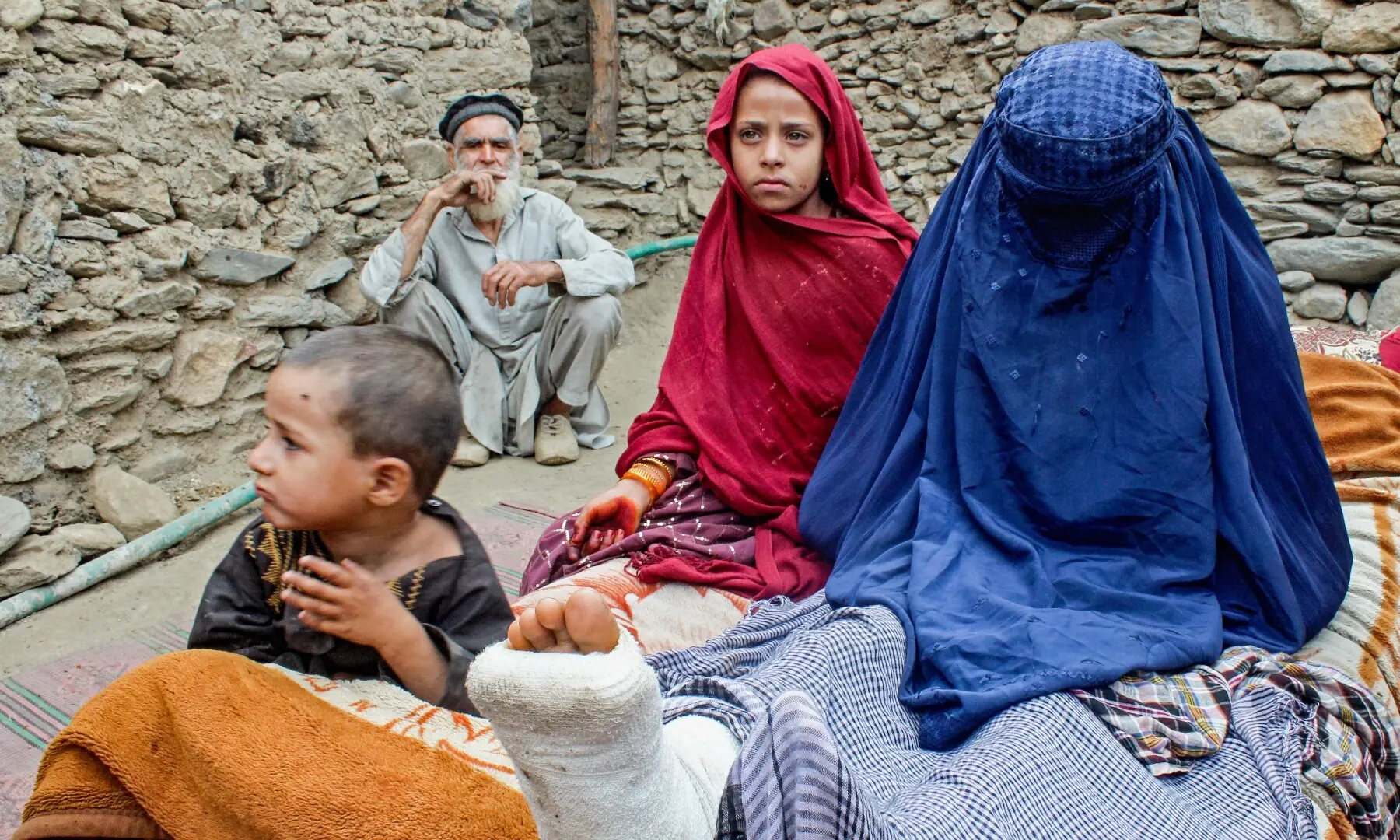
“We are staying in the valley. Help us, give us shelter, help my children,” pleaded Sorat, a mother of three who was injured when her home collapsed.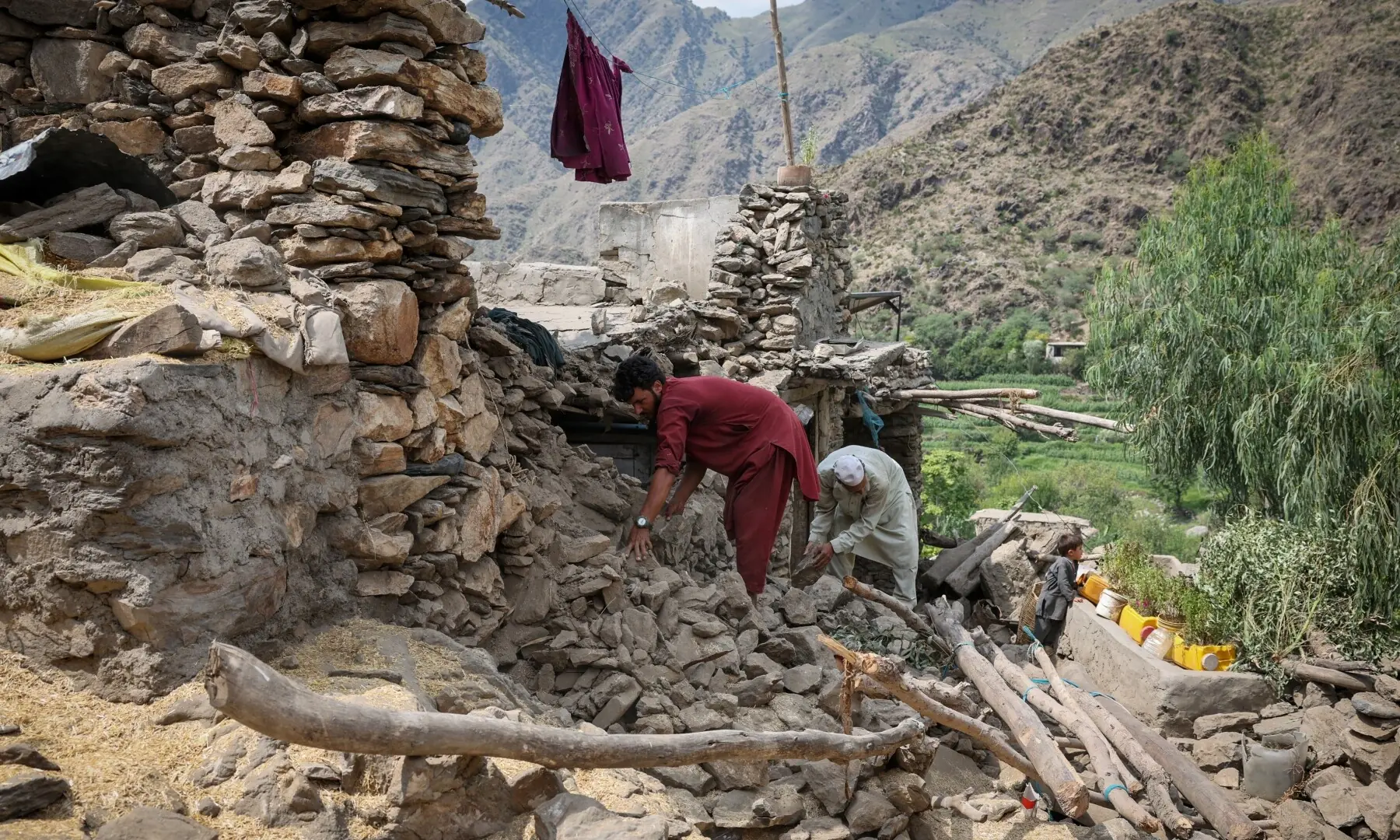
A Country in Crisis
The World Food Programme warned the disaster has worsened already dire conditions. Millions of Afghans were already struggling with food shortages, and a large number of children remain malnourished. “This situation is brutal,” the agency said.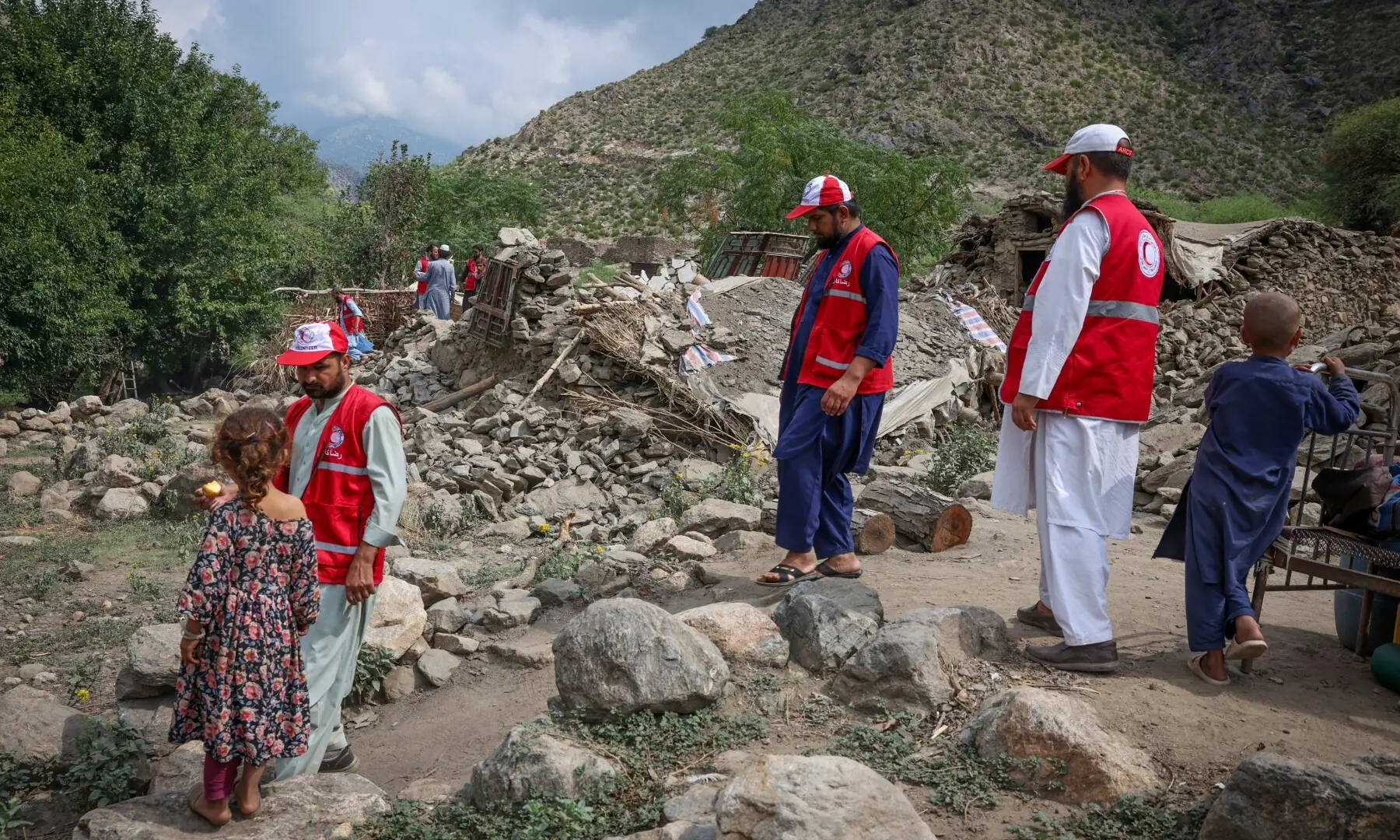
Afghanistan has suffered several deadly earthquakes in recent years. In 2023, a series of quakes in Herat province destroyed entire villages, highlighting the country’s vulnerability to natural disasters.